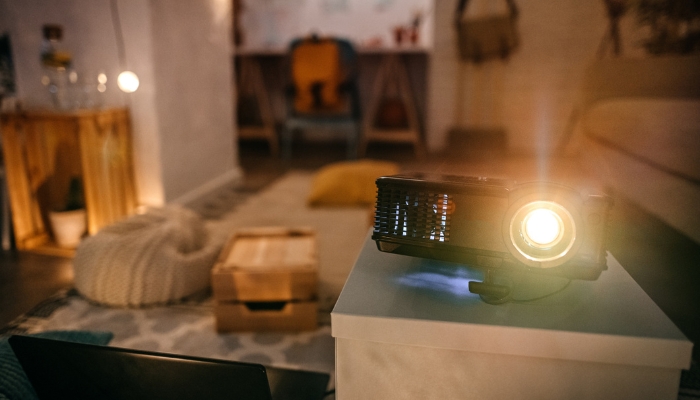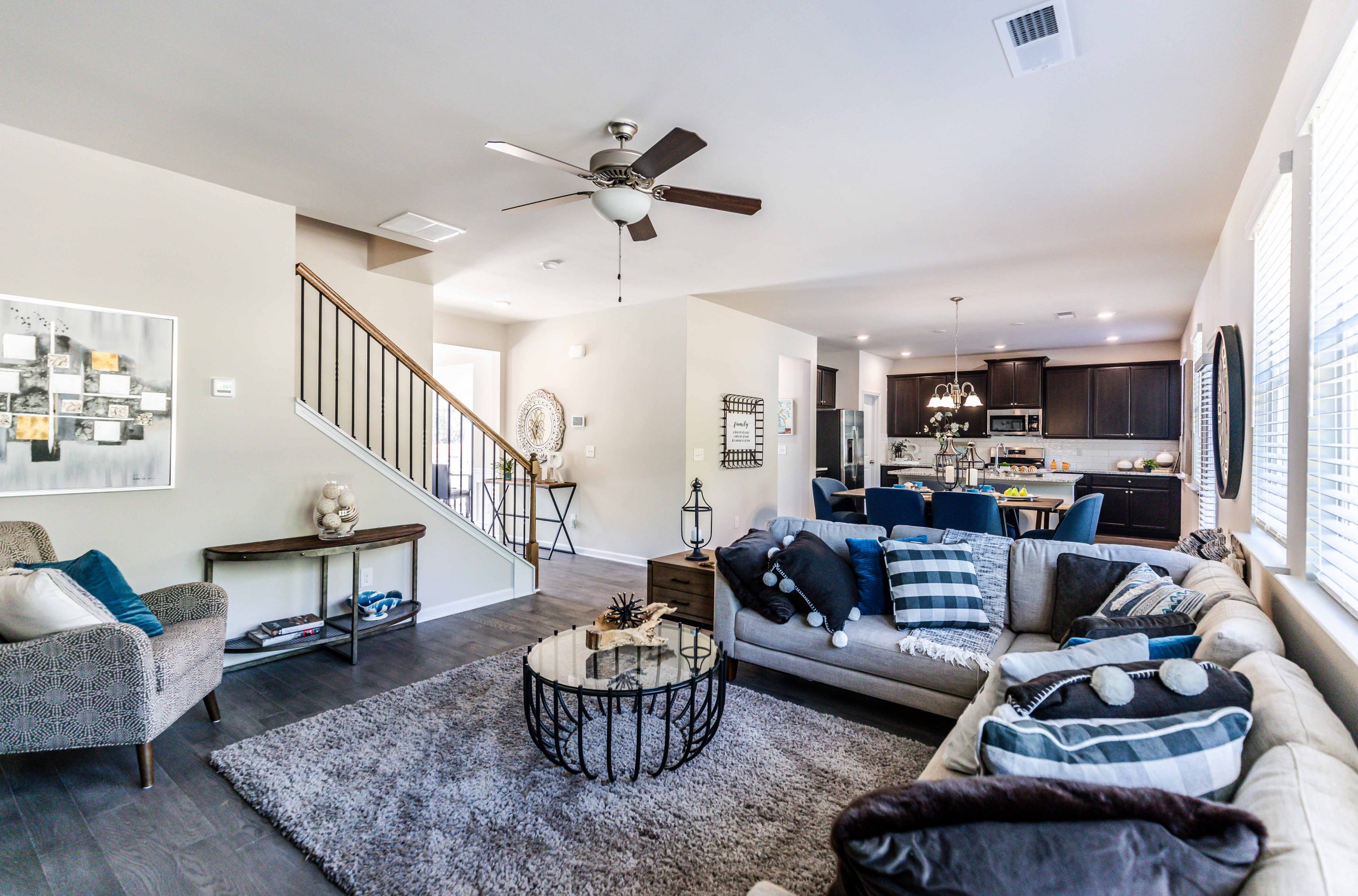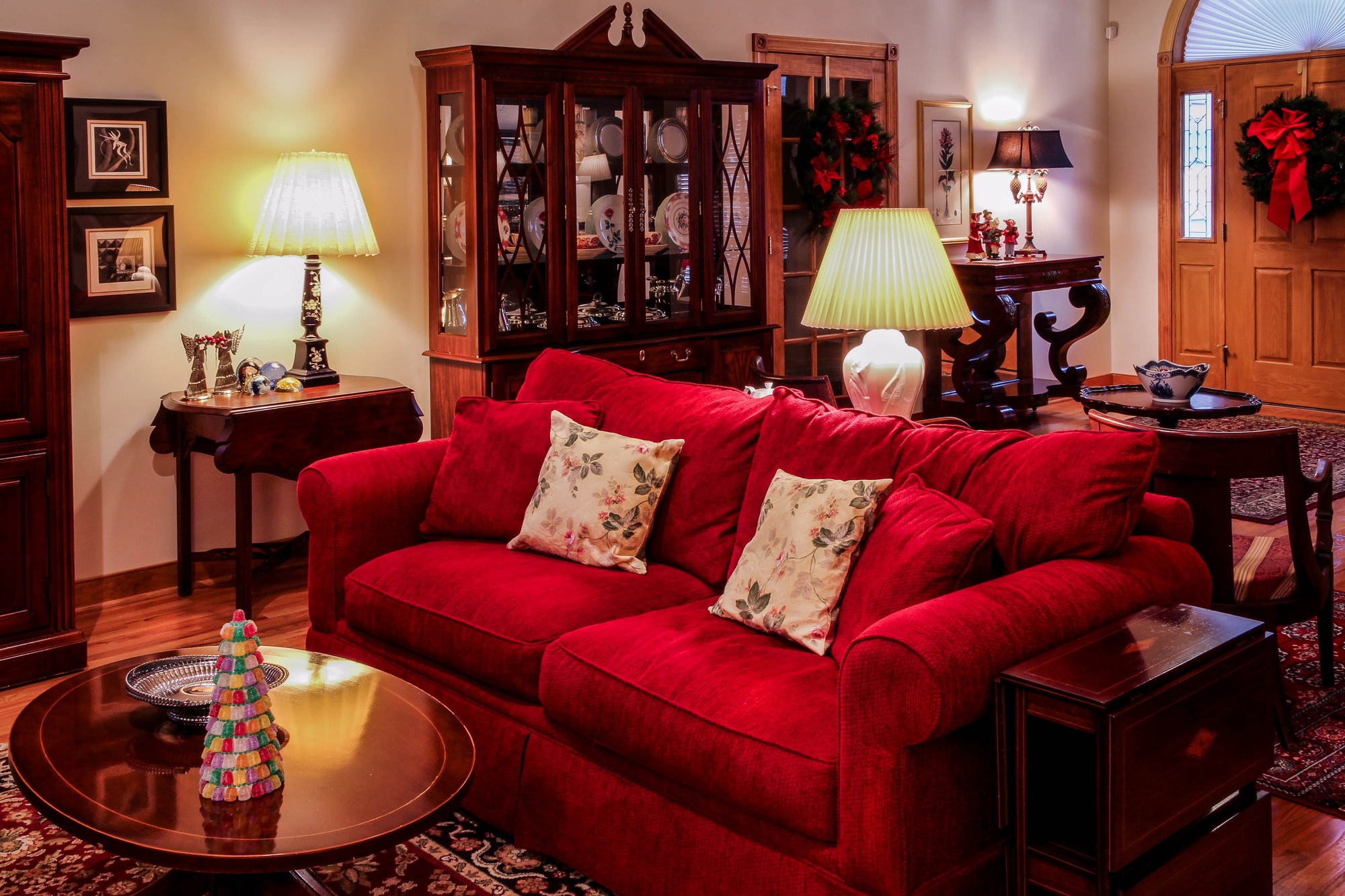When it comes to lighting your living room, one of the key elements to consider is the amount of lumens needed. Lumens, which measure the amount of visible light emitted by a light source, determine the brightness and overall ambiance of a room. But how many lumens do you actually need for a well-lit living room? The answer to this question depends on the size of your living room, as well as your personal preferences and lighting needs. As a general rule, a standard living room with an area of 250 square feet will require around 3,000 to 4,000 lumens for adequate lighting. However, this number can vary depending on the specific activities and mood you want to create in your living room.How Many Lumens Do You Need for a Living Room?
If you're unsure of how many lumens your living room needs, there are a few simple calculations you can use to determine the right amount. The first step is to measure the length and width of your living room in feet. Then, multiply these two numbers together to get the total square footage. For example, a living room that is 15 feet long and 20 feet wide would have an area of 300 square feet. Next, you'll need to consider the function of your living room. If it's used primarily as a space for relaxation and entertainment, you'll likely want a lower amount of lumens to create a cozy and comfortable atmosphere. On the other hand, if your living room is also used as a workspace or for more visually demanding activities, such as reading or crafting, you may want to opt for a higher amount of lumens.How to Calculate Lumens for Your Living Room
Once you have a general idea of how many lumens your living room needs, it's important to choose the right type of lighting to achieve this level of brightness. There are a variety of lighting options available, including overhead lighting, floor and table lamps, and even smart lighting systems. The key is to create a balance of light sources that work together to create the desired lighting effect. For a standard living room, a combination of overhead lighting and lamps can provide the necessary amount of lumens. You may also want to consider dimmable lights to easily adjust the brightness for different activities and moods. Additionally, choosing LED lights can be a more energy-efficient and cost-effective option for your living room.Choosing the Right Lumens for Your Living Room
When it comes to choosing the best lighting options for a bright living room, there are a few key factors to keep in mind. First, consider the color temperature of the lights. Lights with a higher color temperature, around 5000K, tend to create a cooler and brighter light, while lower color temperatures, around 2700K, create a warmer and more cozy atmosphere. Another important factor to consider is the color rendering index (CRI) of the lights. This measures how accurately the lights reproduce colors. For a living room, a CRI of 80 or higher is recommended to ensure that colors appear vibrant and true to life.Best Lighting Options for a Bright Living Room
Properly lighting a living room with the right amount of lumens involves more than just adding light sources. It's also important to consider the placement and direction of the lights to achieve the desired effect. A good rule of thumb is to have a mix of ambient, task, and accent lighting in your living room. Ambient lighting, such as overhead lights or wall sconces, provides overall illumination for the room. Task lighting, such as a reading lamp, is focused on a specific area for activities that require more light. Accent lighting, such as a decorative lamp or LED strip lights, is used to highlight certain features or create a specific mood.How to Properly Light a Living Room with Lumens
While lumens may seem like a technical aspect of lighting, they play a crucial role in the overall functionality and atmosphere of your living room. By understanding how many lumens your living room needs and choosing the right lighting options, you can create a comfortable, well-lit space for all your daily activities. Additionally, having the right amount of lumens in your living room can also impact your energy usage and electricity bill. By choosing energy-efficient lighting and using dimmers and timers, you can save on energy costs while still achieving the desired level of brightness in your living room.Understanding Lumens and Their Importance in a Living Room
If you're looking for specific lumens to achieve the perfect lighting in your living room, here are the top 10 options to consider:Top 10 Lumens for a Well-Lit Living Room
As mentioned earlier, the amount of lumens needed for your living room can vary depending on the specific activities you engage in. For example, if you're reading or doing work that requires high levels of focus, you may want a higher amount of lumens to prevent eye strain. On the other hand, if you're watching a movie or relaxing with friends, a lower amount of lumens can create a more comfortable and cozy atmosphere. Having dimmable lights or using lamps with different levels of brightness can make it easier to adjust the lumens for different activities. You may also want to consider using smart lighting systems that allow you to control the brightness and color temperature with just a few taps on your phone.How to Adjust Lumens for Different Living Room Activities
While bright and well-lit living rooms are important, it's also essential to create a cozy and inviting atmosphere in your space. Luckily, there are ways to maximize the lumens in your living room while still maintaining a warm and comfortable ambiance. One way to do this is by using lamps and accent lighting strategically to create pockets of light in different areas of the room. This not only adds visual interest but also creates a sense of warmth and coziness. Additionally, choosing warmer color temperatures and using dimmers can help create a more relaxing and inviting atmosphere.Maximizing Lumens in Your Living Room for a Cozy Atmosphere
Lastly, it's important to consider the impact that lumens can have on the overall aesthetics of your living room. Lighting can greatly affect the way a room looks and feels, and choosing the right amount of lumens can help enhance the visual appeal of your space. For example, if you have artwork or other decorative elements in your living room, using accent lighting with a higher CRI can make these pieces stand out and add a touch of sophistication to the room. Similarly, using warm or cool lighting can create a specific mood or atmosphere that complements your living room's overall design.The Impact of Lumens on Your Living Room's Aesthetics
The Importance of Lumens in Your Living Room Design
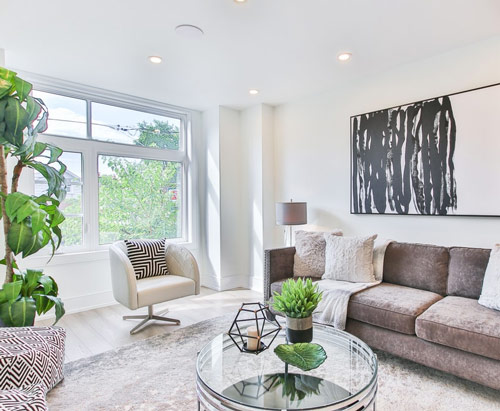
Introduction
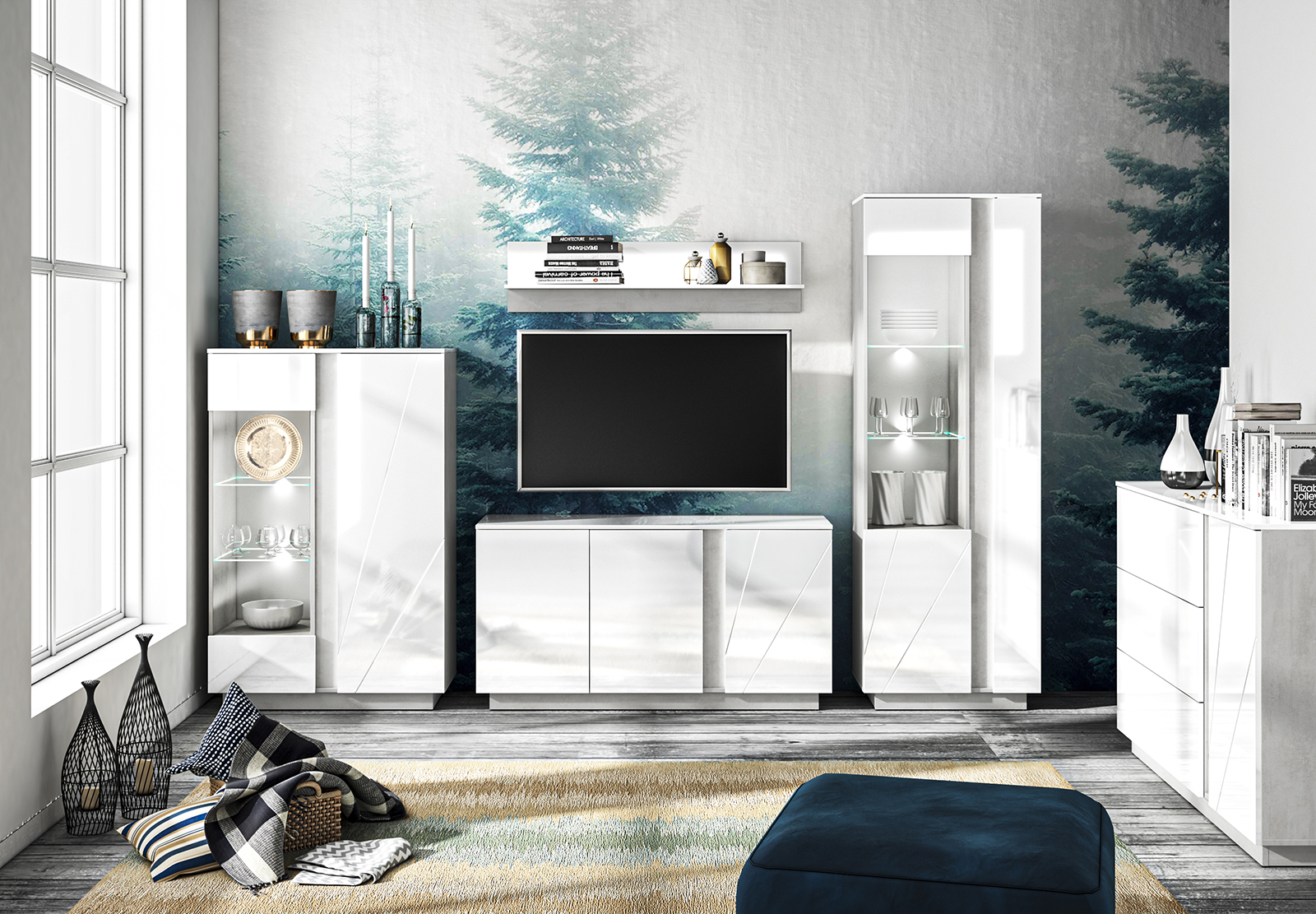 When designing your living room, there are many factors to consider - from the color scheme to furniture placement. However, one important element that often gets overlooked is
lighting
. Lighting not only sets the mood and ambiance of a room, but it also plays a significant role in the functionality and overall design. This is where
lumens
come into play.
When designing your living room, there are many factors to consider - from the color scheme to furniture placement. However, one important element that often gets overlooked is
lighting
. Lighting not only sets the mood and ambiance of a room, but it also plays a significant role in the functionality and overall design. This is where
lumens
come into play.
What are Lumens?
 To put it simply, lumens are a measurement of the amount of
visible light
emitted by a light source. It is different from
watts
, which measure the amount of energy a light bulb uses. In the past, we used watts as a way to determine the brightness of a light bulb. However, with the introduction of energy-efficient LED bulbs, lumens have become the standard unit of measurement for brightness.
To put it simply, lumens are a measurement of the amount of
visible light
emitted by a light source. It is different from
watts
, which measure the amount of energy a light bulb uses. In the past, we used watts as a way to determine the brightness of a light bulb. However, with the introduction of energy-efficient LED bulbs, lumens have become the standard unit of measurement for brightness.
How Many Lumens Do I Need in My Living Room?
 The number of lumens you need in your living room will depend on the size and layout of the room, as well as your personal preferences. As a general rule of thumb, a living room of average size (around 250 square feet) will require approximately 5,000 to 6,000 lumens. This can be achieved with a combination of overhead lighting, such as a chandelier or pendant light, and task lighting, such as table or floor lamps.
The number of lumens you need in your living room will depend on the size and layout of the room, as well as your personal preferences. As a general rule of thumb, a living room of average size (around 250 square feet) will require approximately 5,000 to 6,000 lumens. This can be achieved with a combination of overhead lighting, such as a chandelier or pendant light, and task lighting, such as table or floor lamps.
The Benefits of Proper Lighting in Your Living Room
 Having the right amount of lumens in your living room is crucial for several reasons. First and foremost, it
enhances the overall aesthetic
of the room. A well-lit living room can make the space feel larger, brighter, and more inviting. In contrast, a poorly lit room can feel dull and uninviting.
Proper lighting also
improves functionality
in your living room. Whether you're reading a book, watching TV, or entertaining guests, having the right amount of light is essential for these activities. With the right amount of lumens, you can easily adjust the lighting to suit your needs and create the perfect atmosphere.
Having the right amount of lumens in your living room is crucial for several reasons. First and foremost, it
enhances the overall aesthetic
of the room. A well-lit living room can make the space feel larger, brighter, and more inviting. In contrast, a poorly lit room can feel dull and uninviting.
Proper lighting also
improves functionality
in your living room. Whether you're reading a book, watching TV, or entertaining guests, having the right amount of light is essential for these activities. With the right amount of lumens, you can easily adjust the lighting to suit your needs and create the perfect atmosphere.
Conclusion
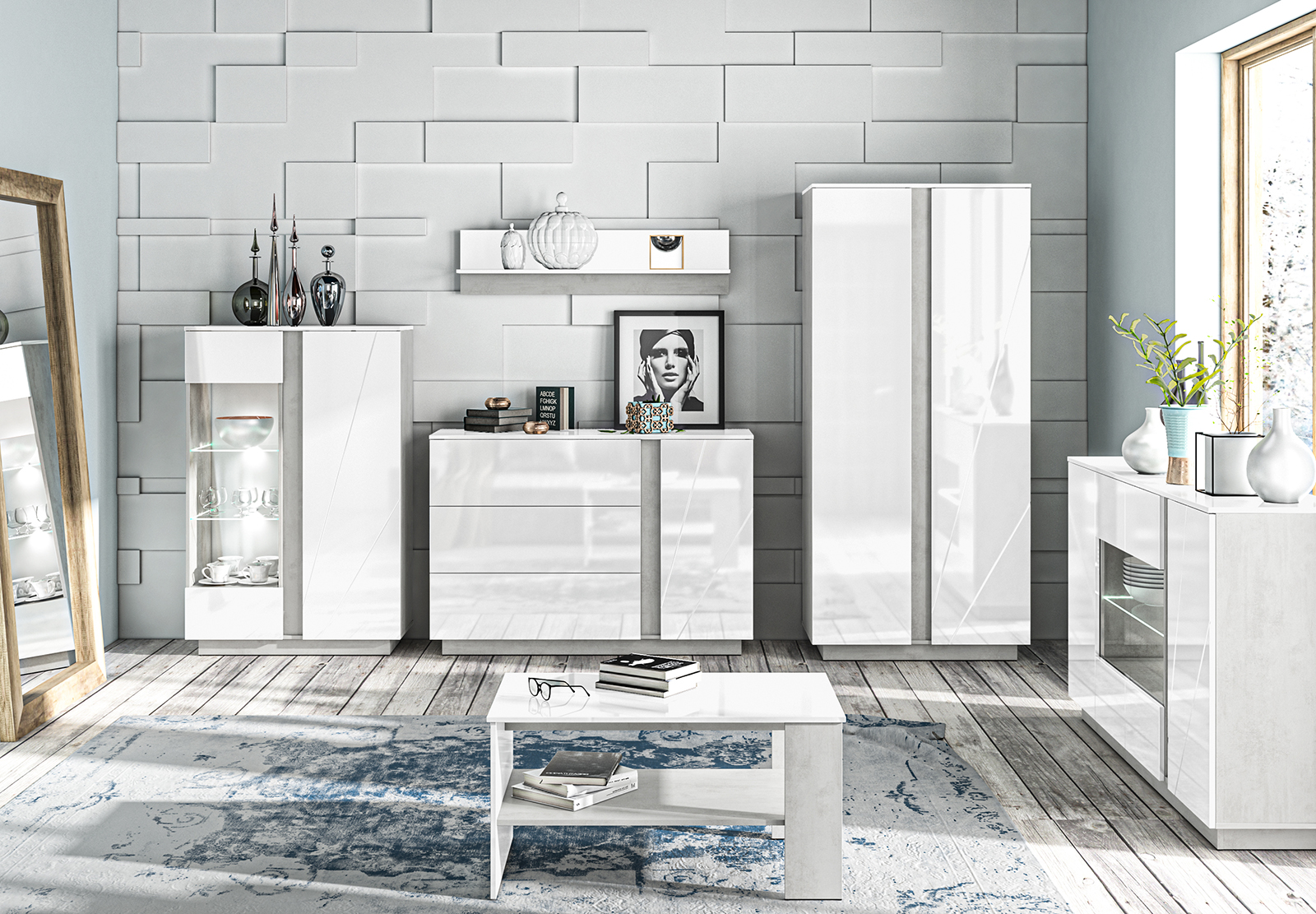 In conclusion, when designing your living room, don't overlook the importance of lumens. It is a crucial element in creating a functional and aesthetically pleasing space. By paying attention to the number of lumens in your living room, you can enhance the overall design and make the space more comfortable and inviting. So next time you're shopping for light bulbs or designing your living room, remember the importance of lumens.
In conclusion, when designing your living room, don't overlook the importance of lumens. It is a crucial element in creating a functional and aesthetically pleasing space. By paying attention to the number of lumens in your living room, you can enhance the overall design and make the space more comfortable and inviting. So next time you're shopping for light bulbs or designing your living room, remember the importance of lumens.



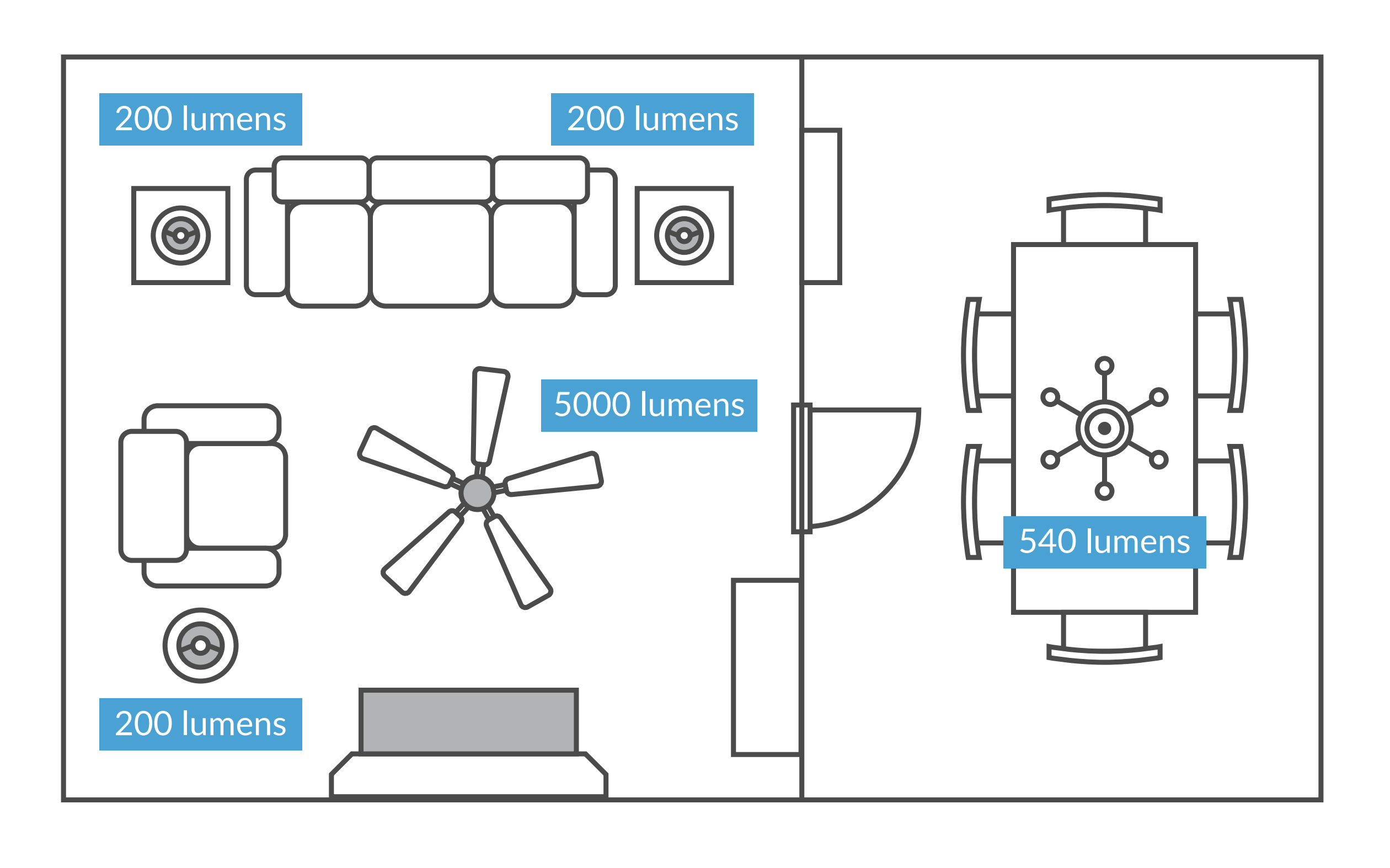










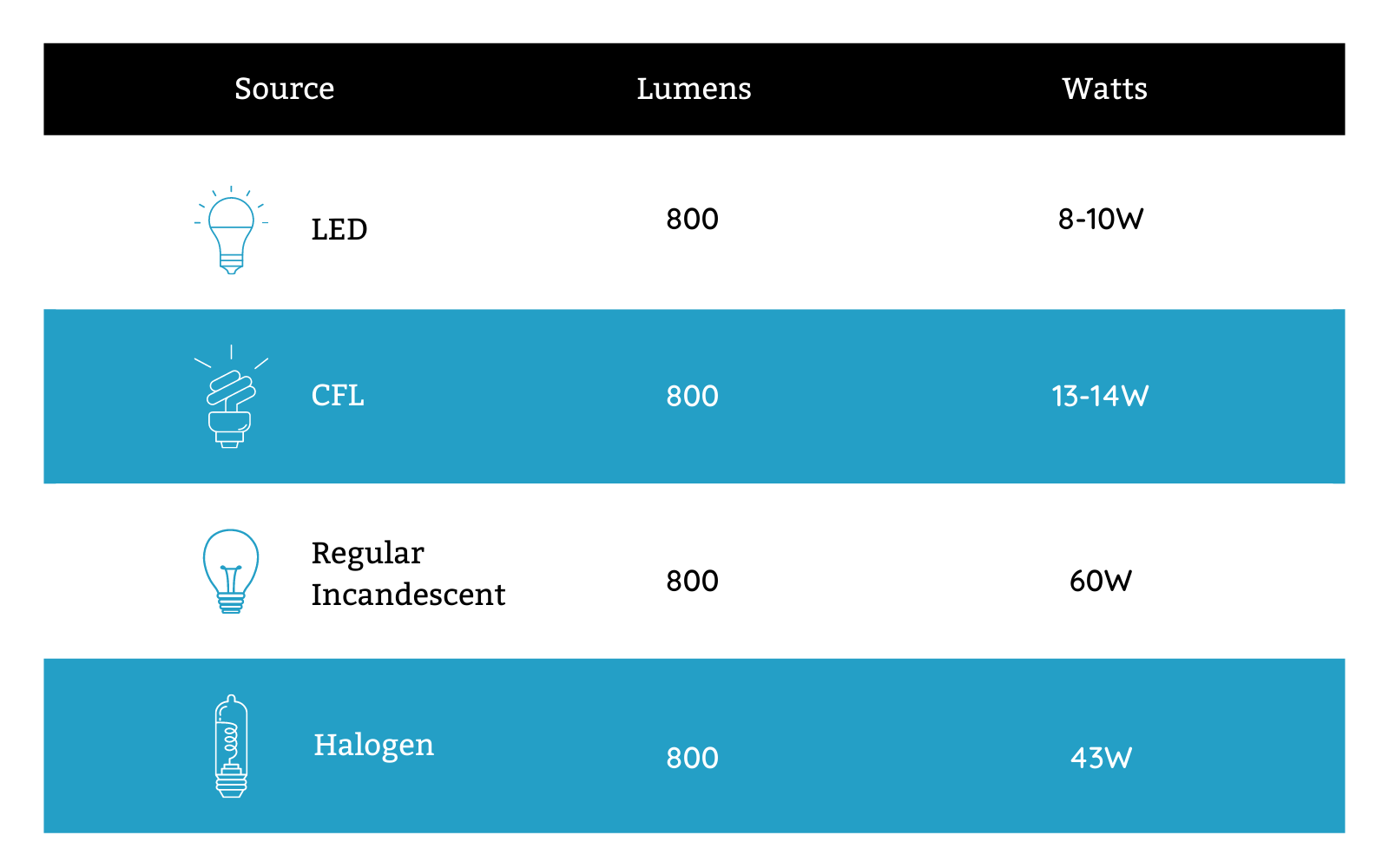

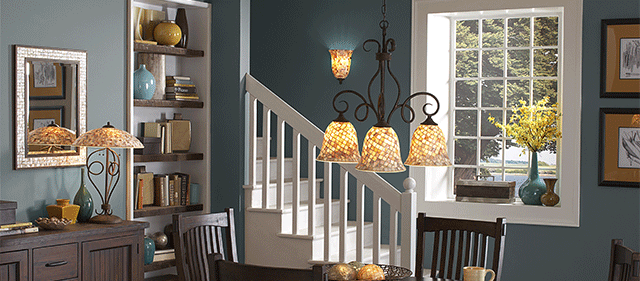
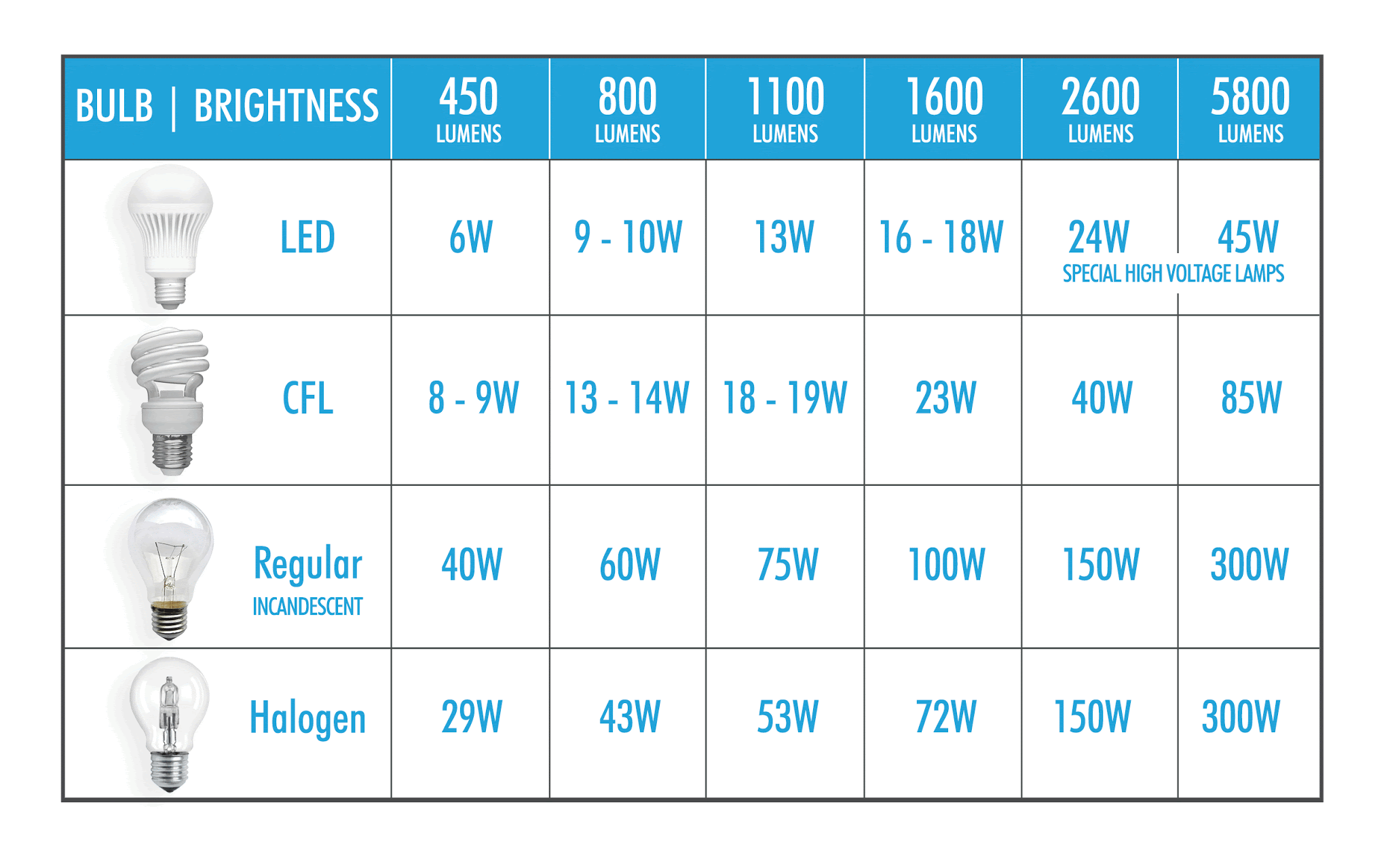
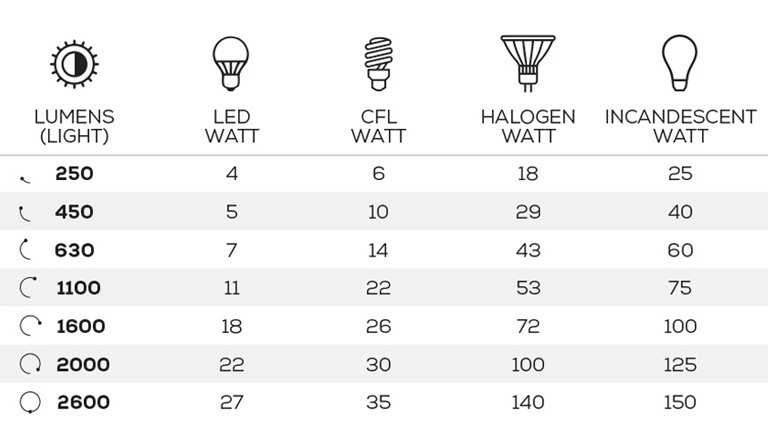
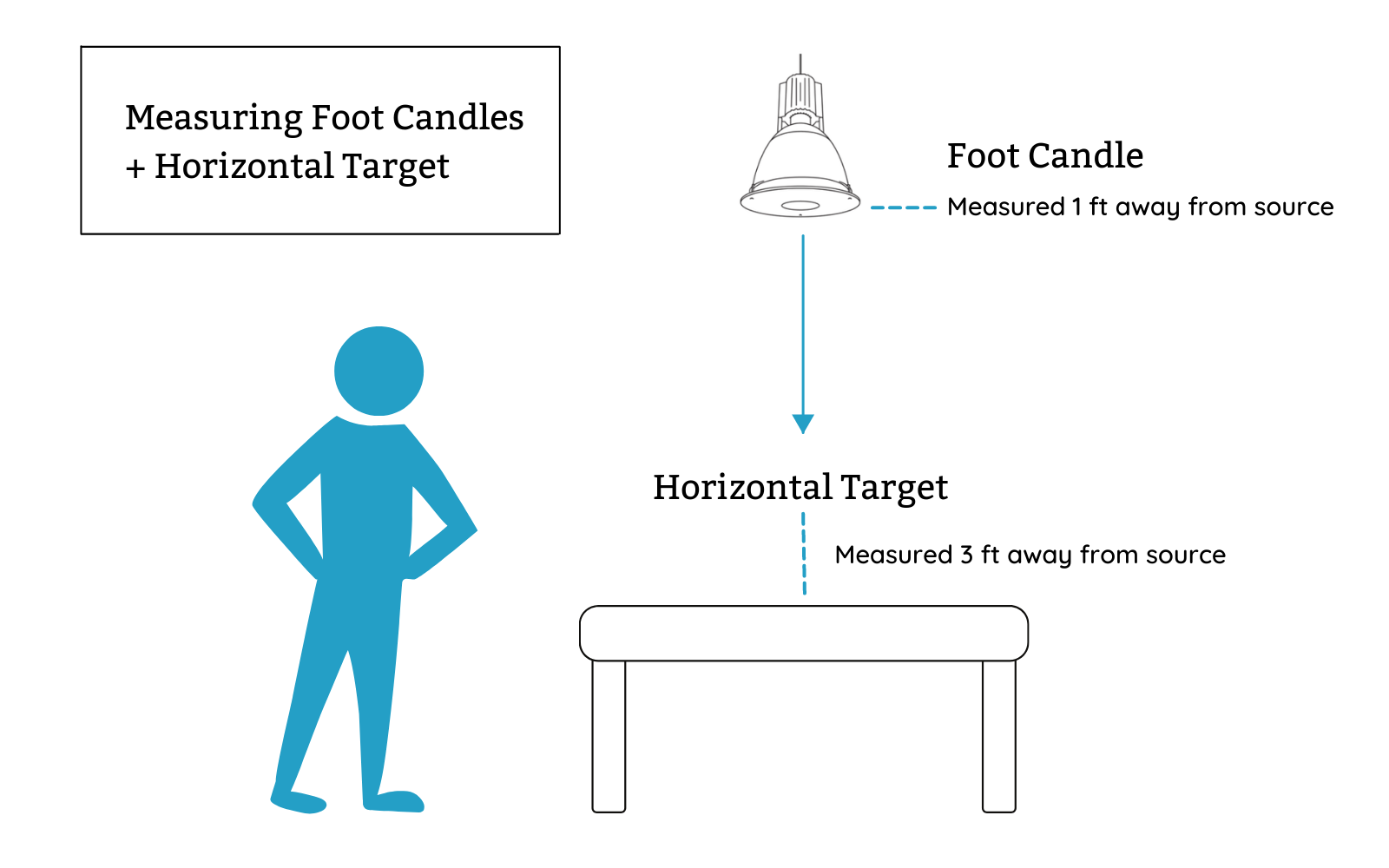

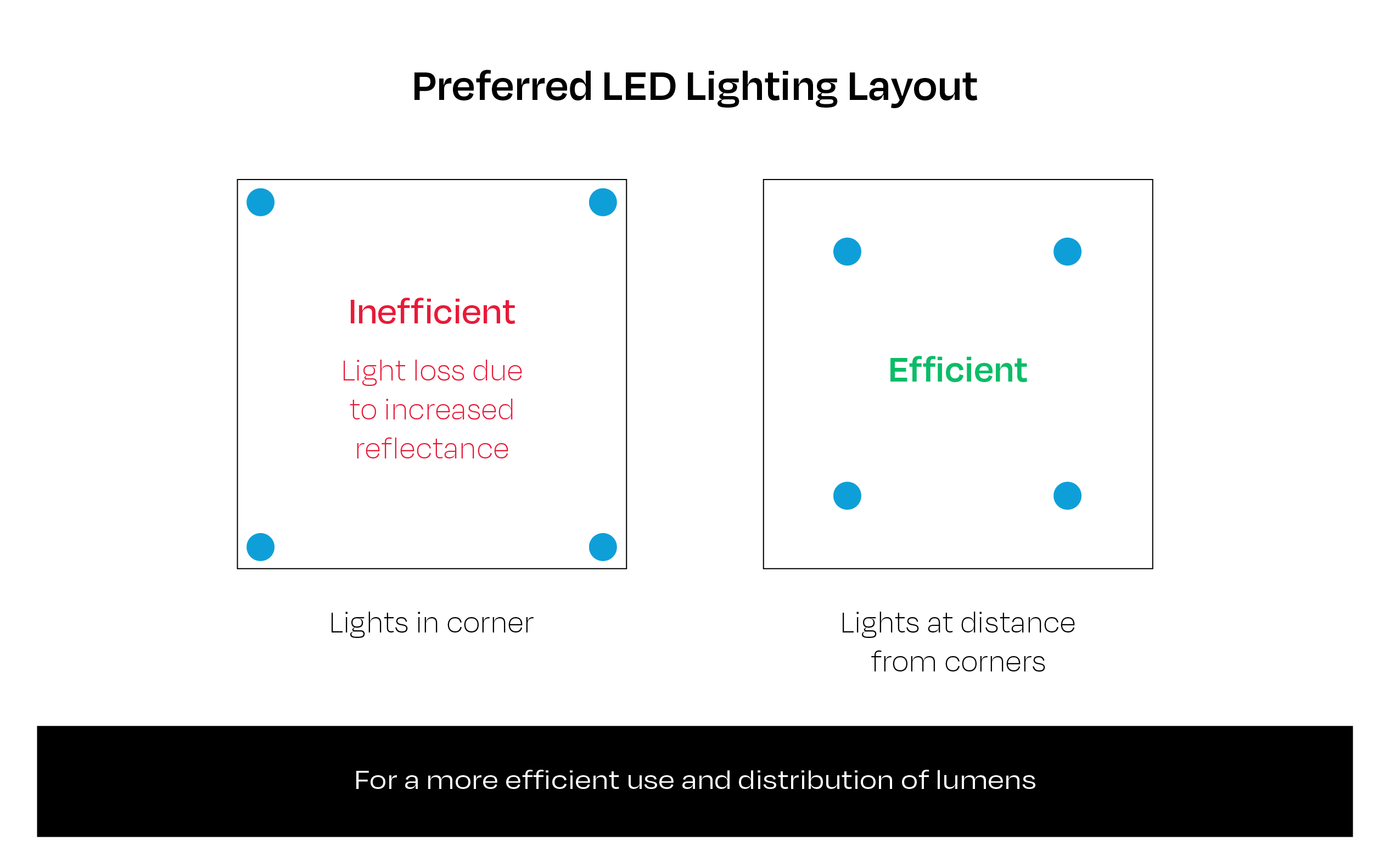
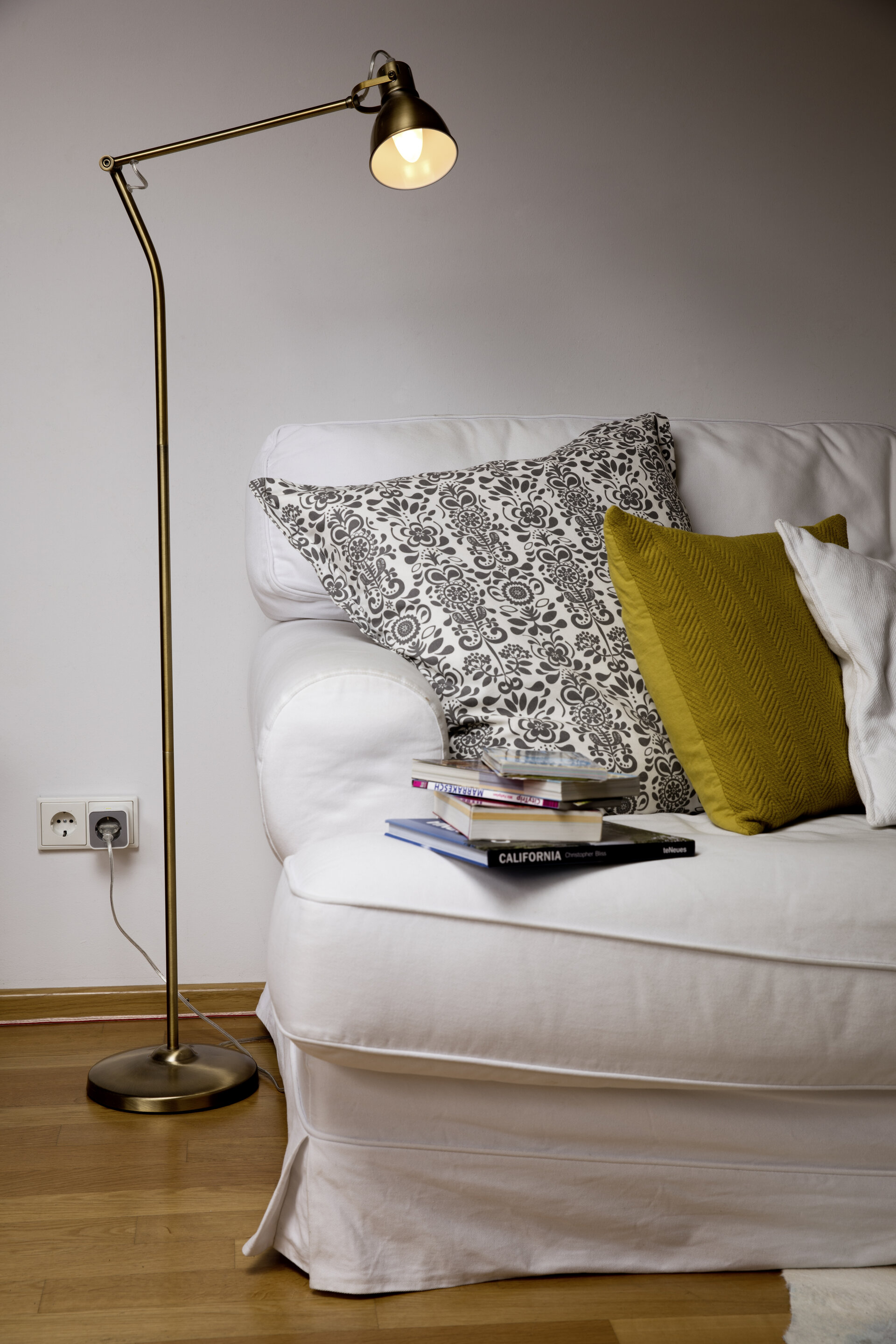



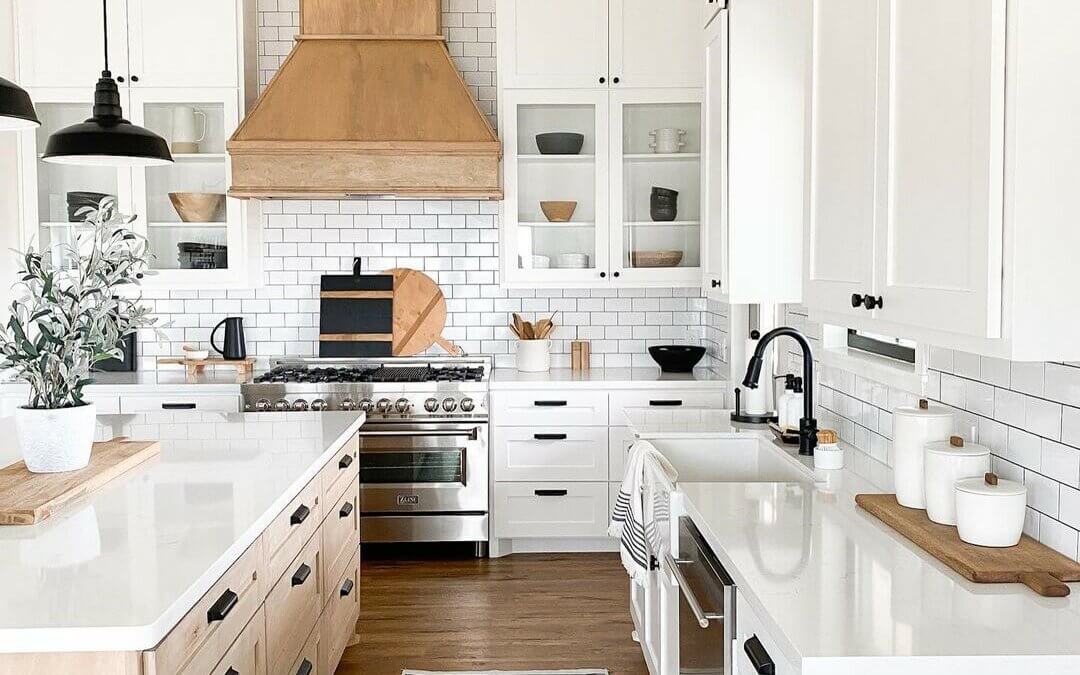






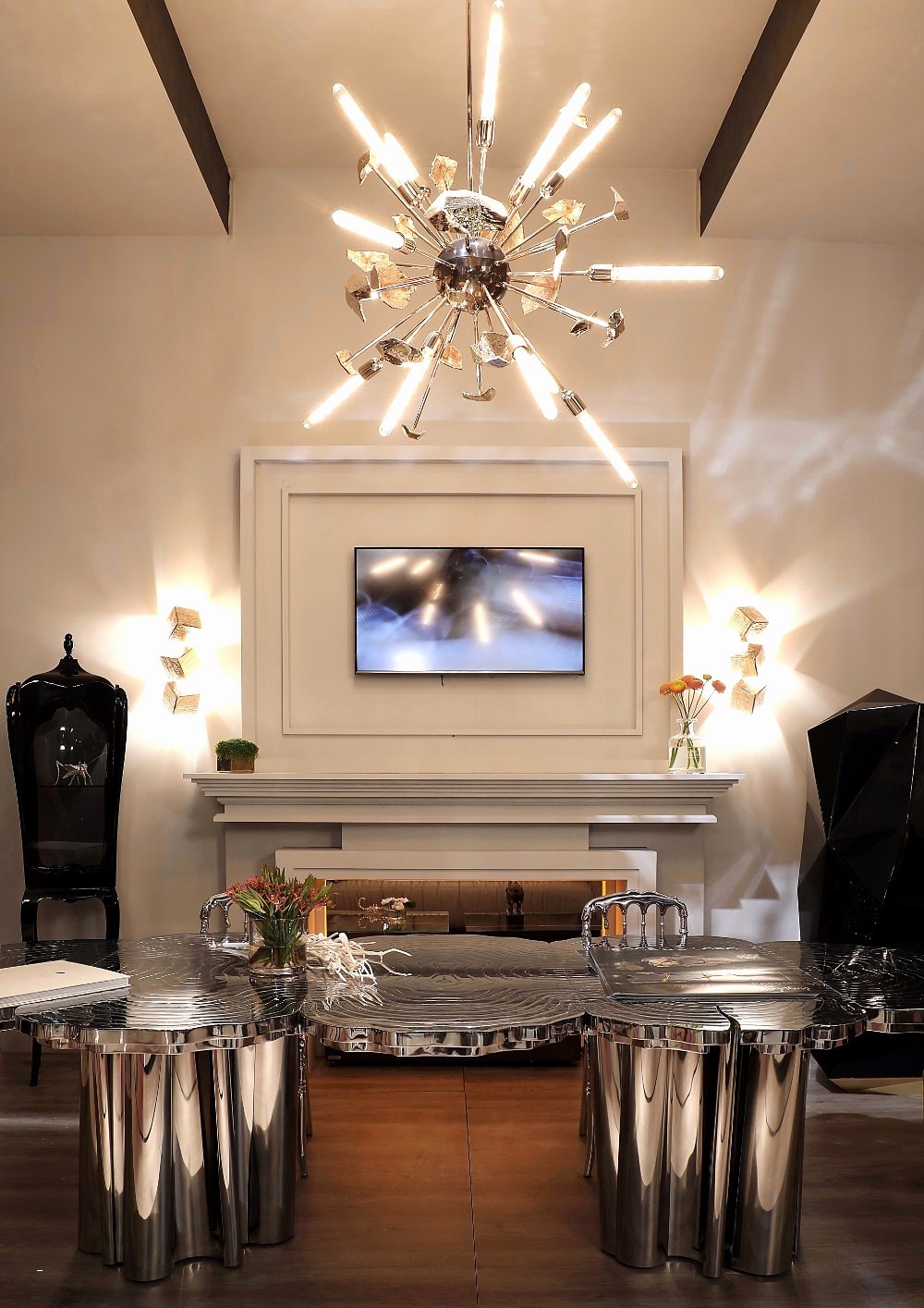


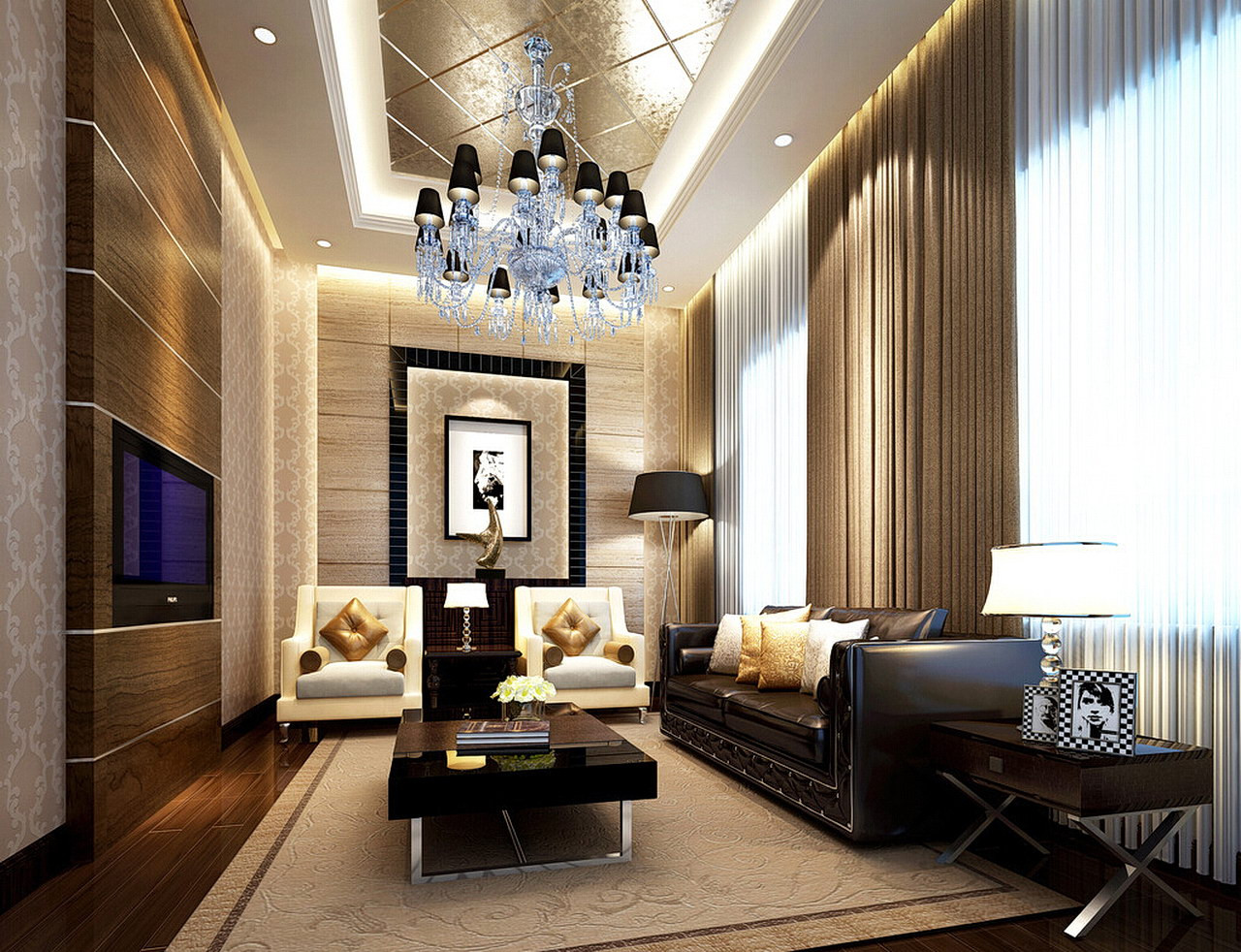



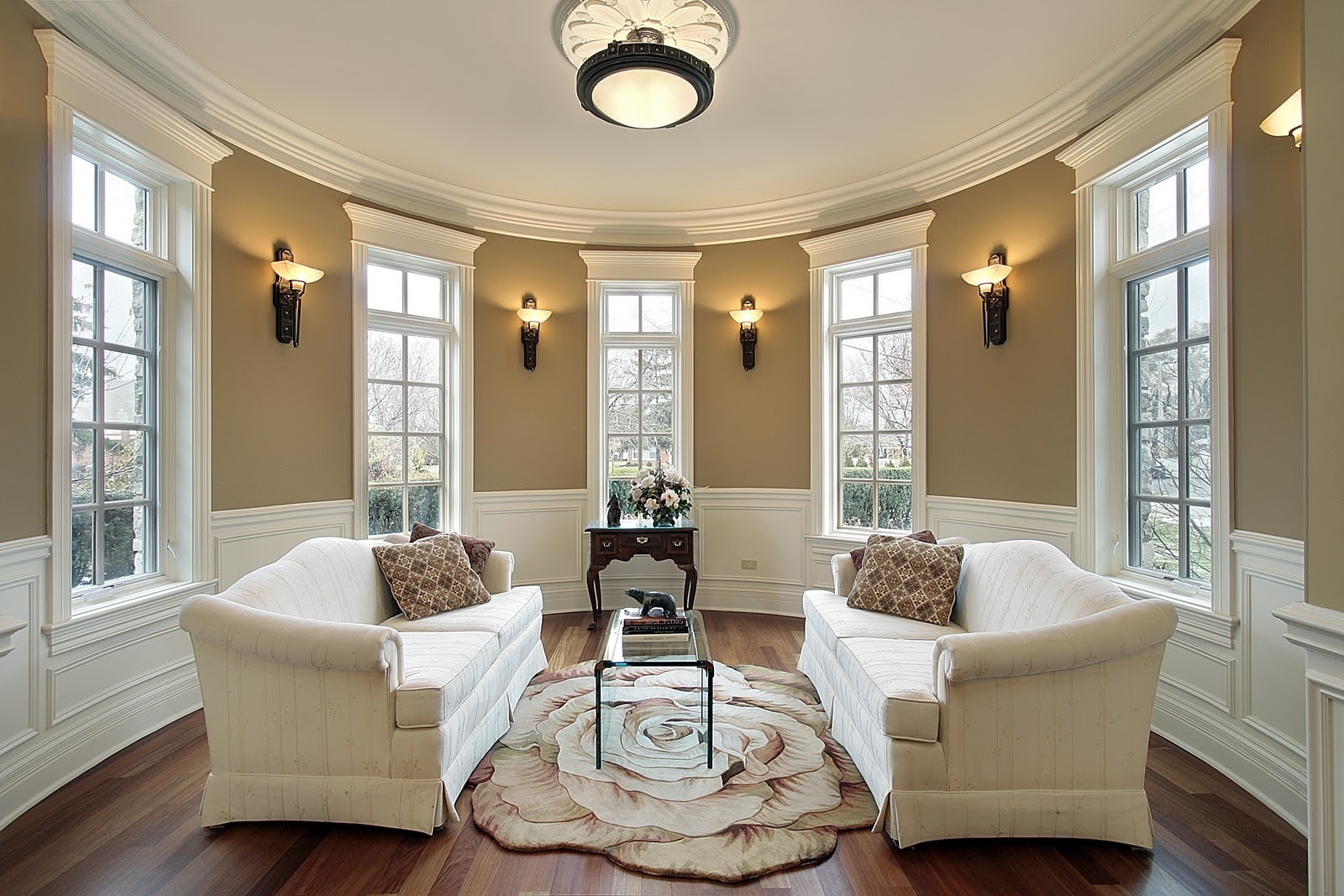
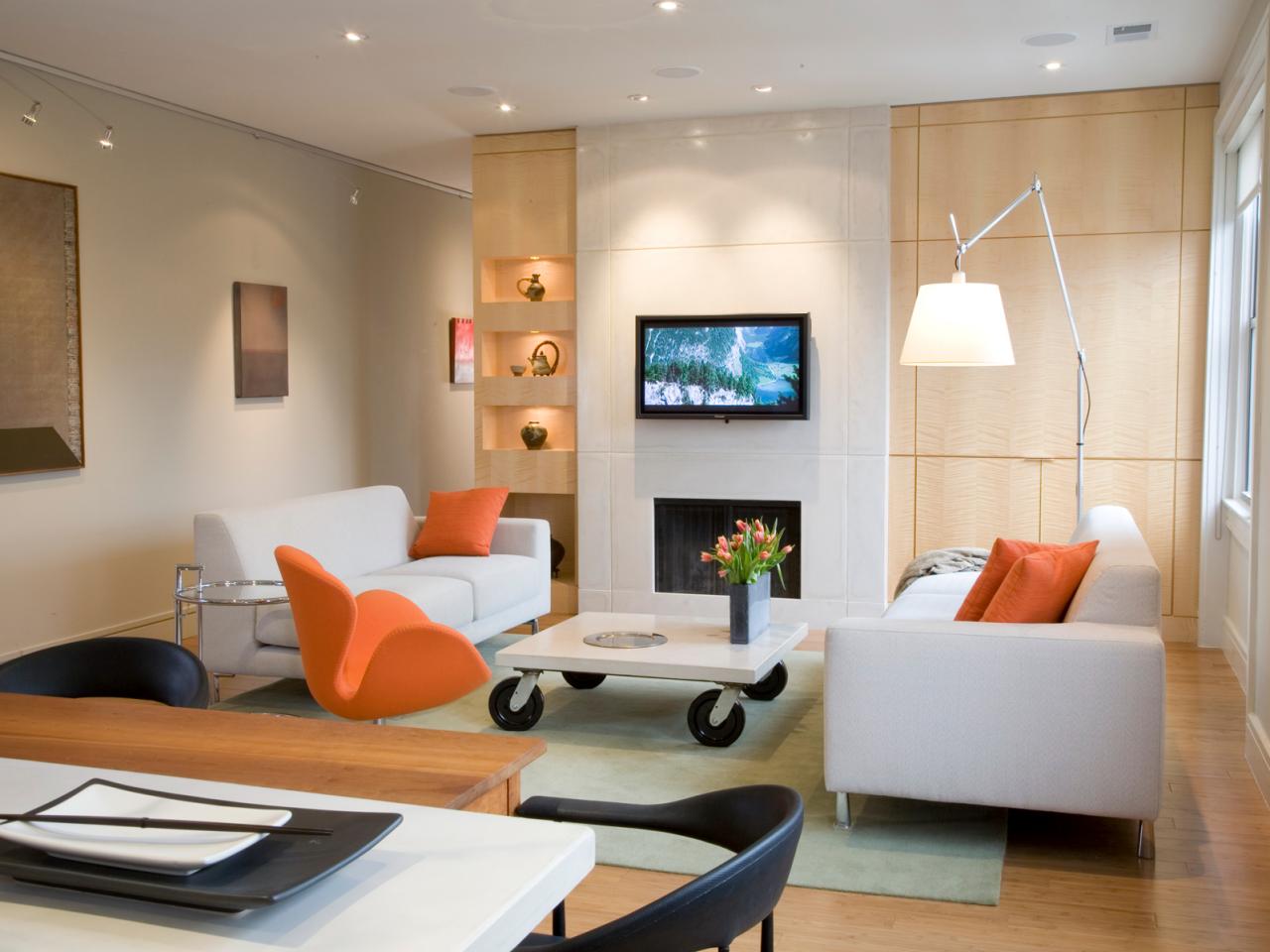














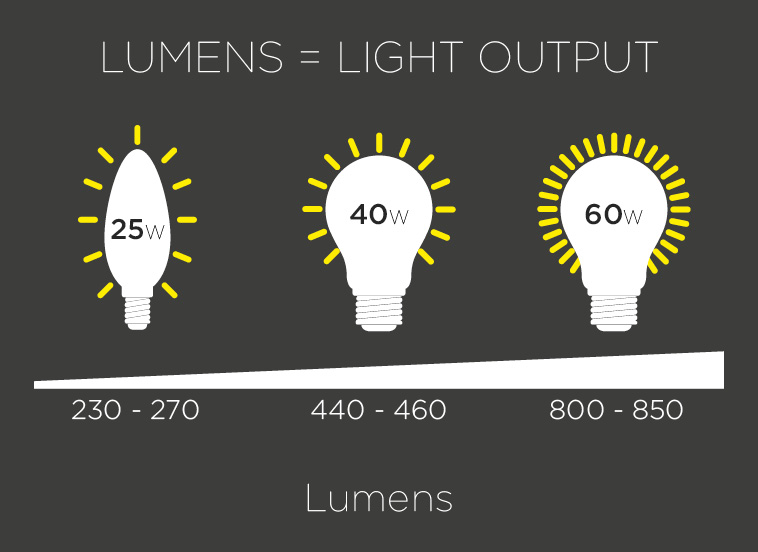

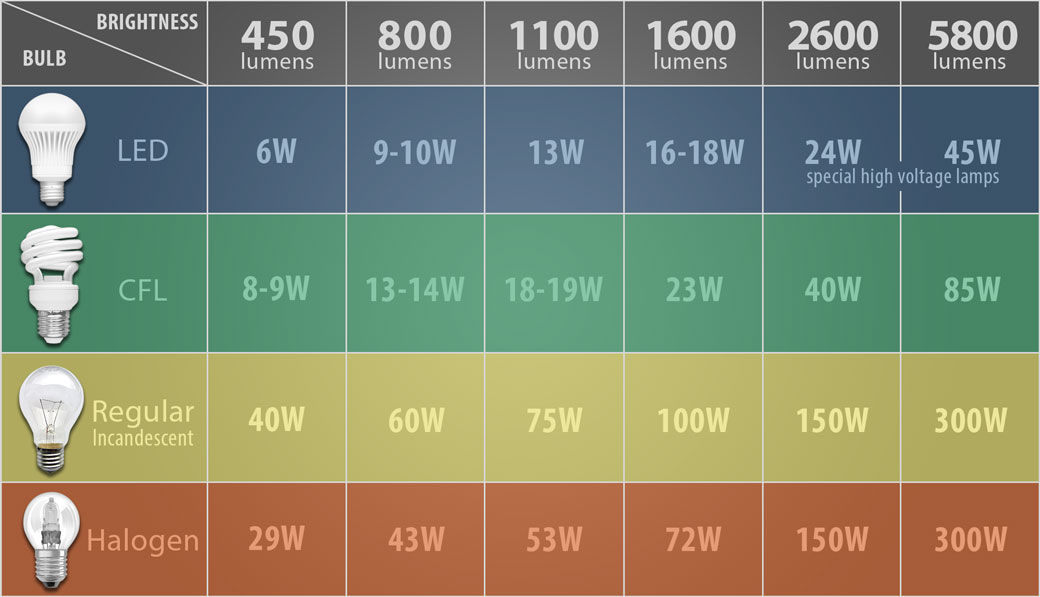





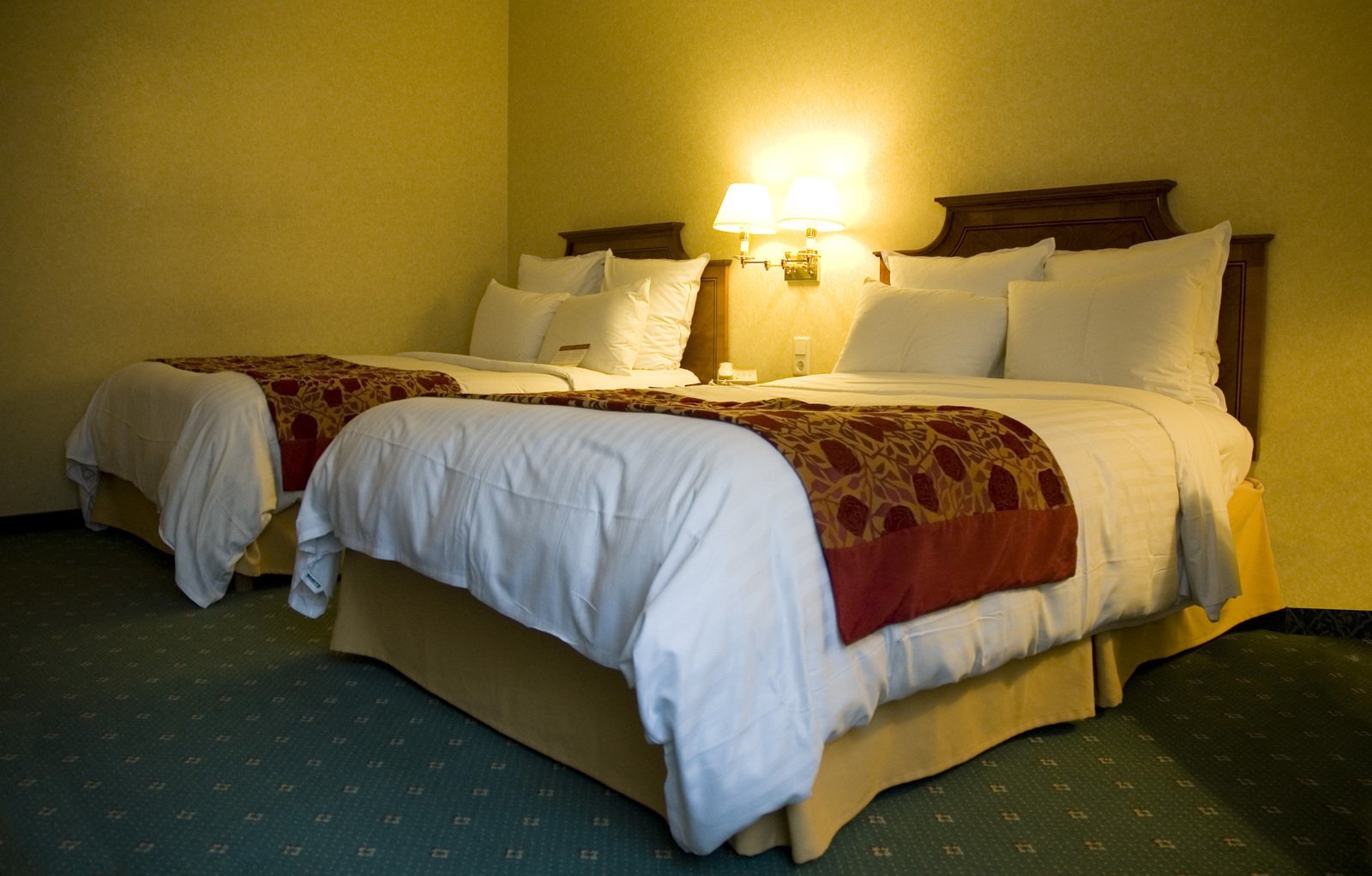
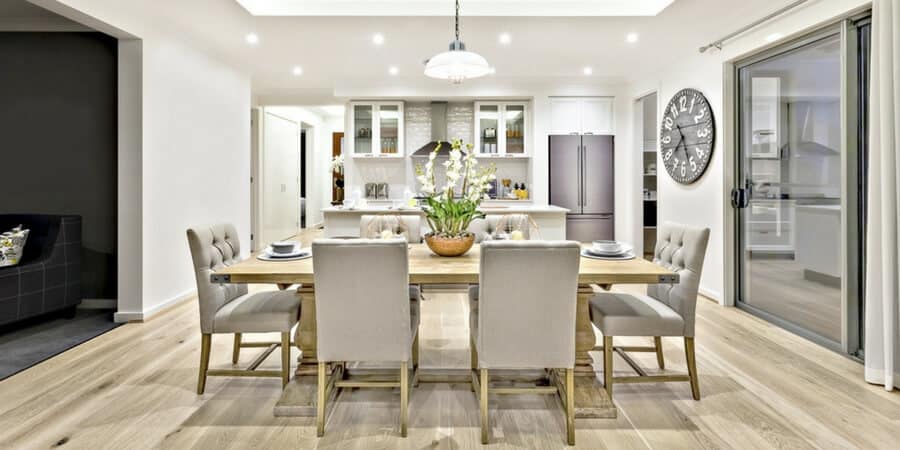







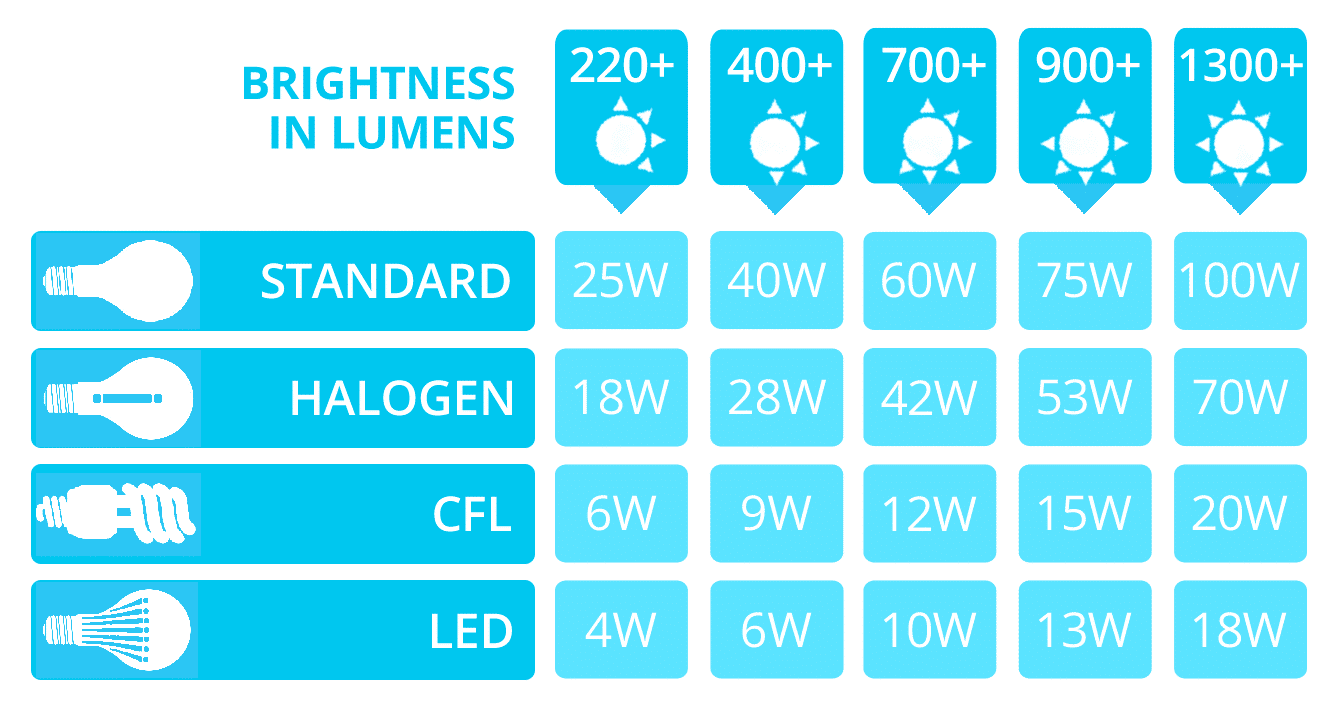
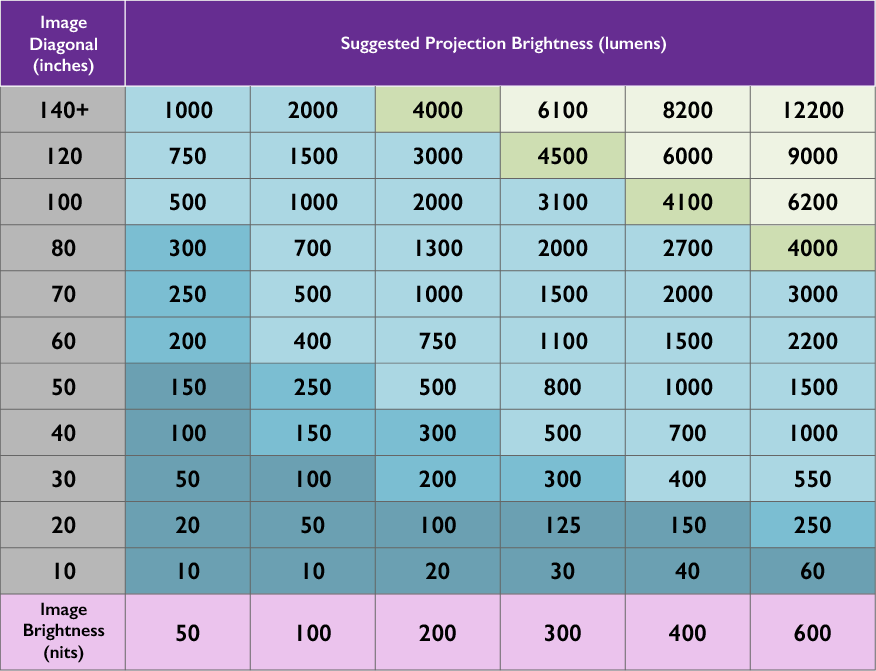


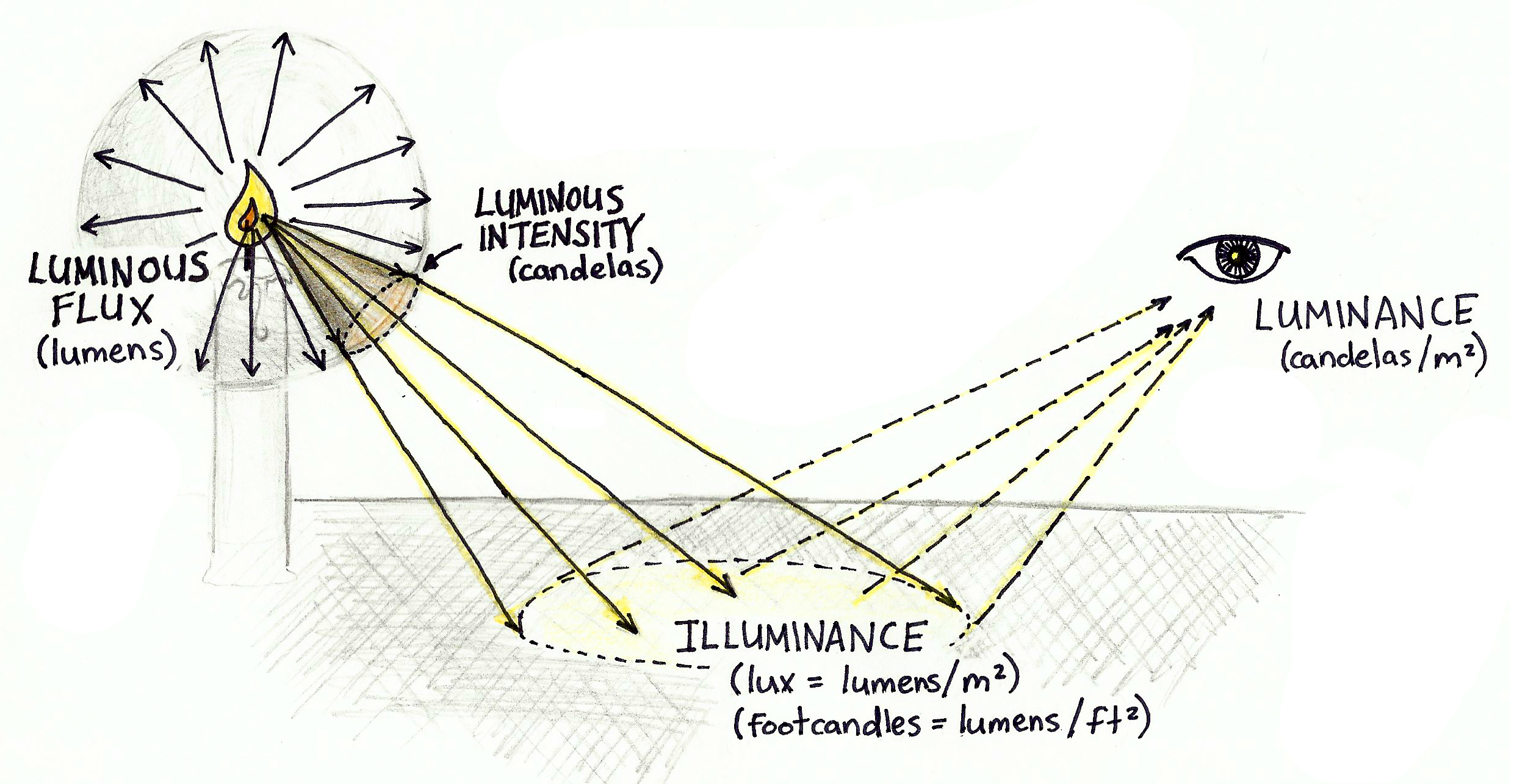

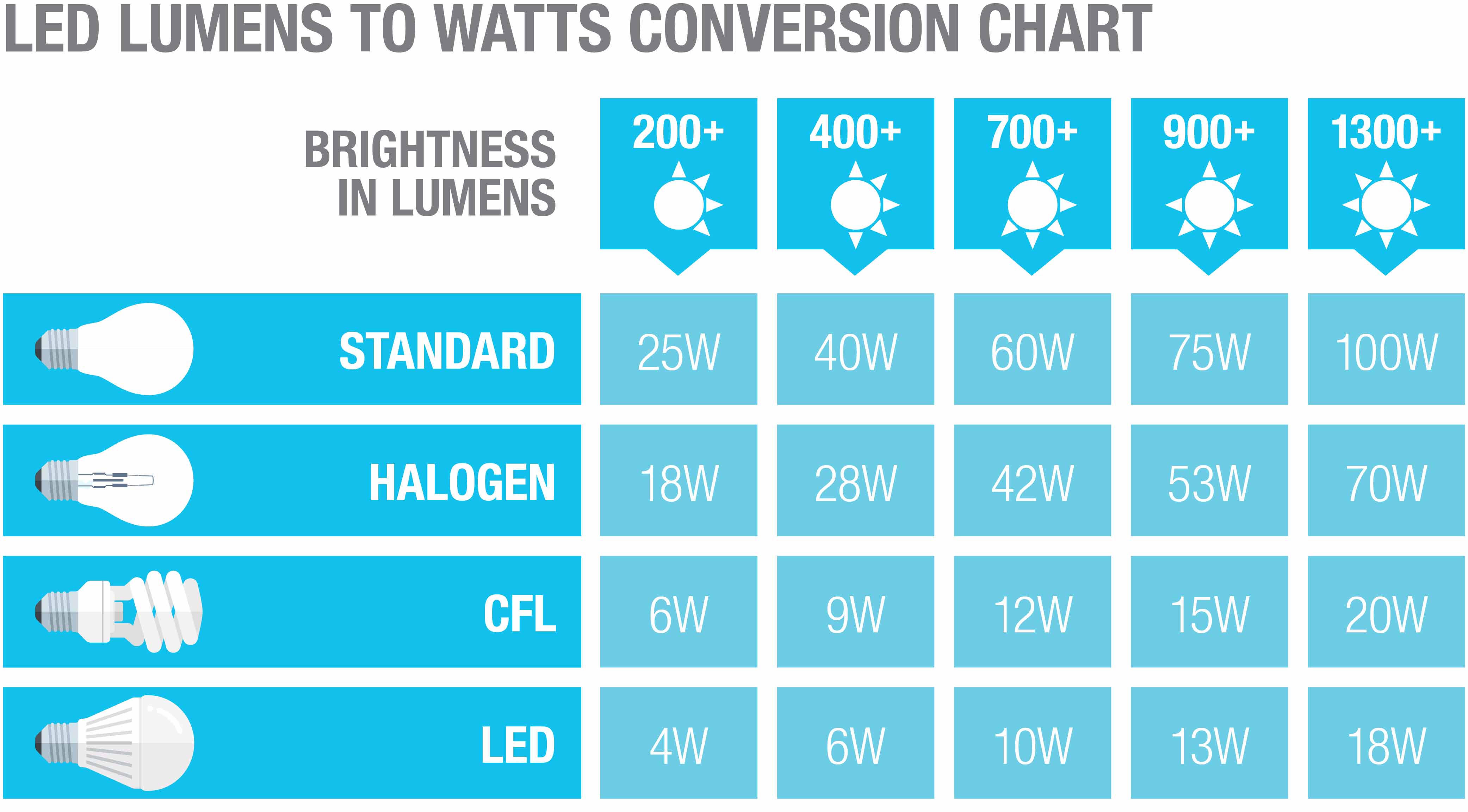



:max_bytes(150000):strip_icc()/00BannerCDM-Jenn_Pablo-IMG_5857-2-7e863c0997f74af49e4981af19fb5898.jpg)
:max_bytes(150000):strip_icc()/Warm-and-cozy-living-room-Amy-Youngblood-589f82173df78c47587b80b6.png)
